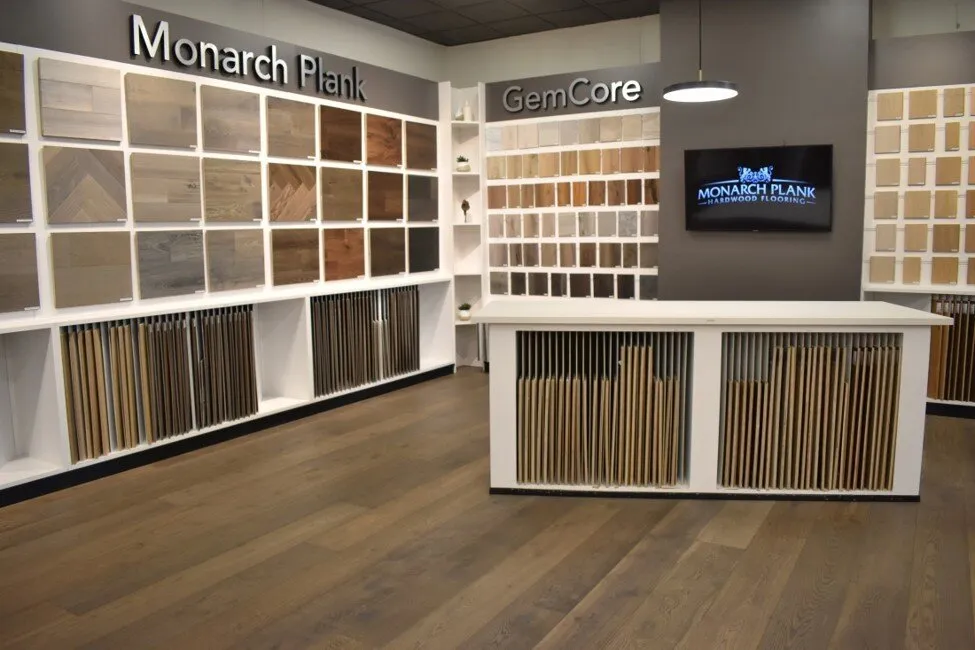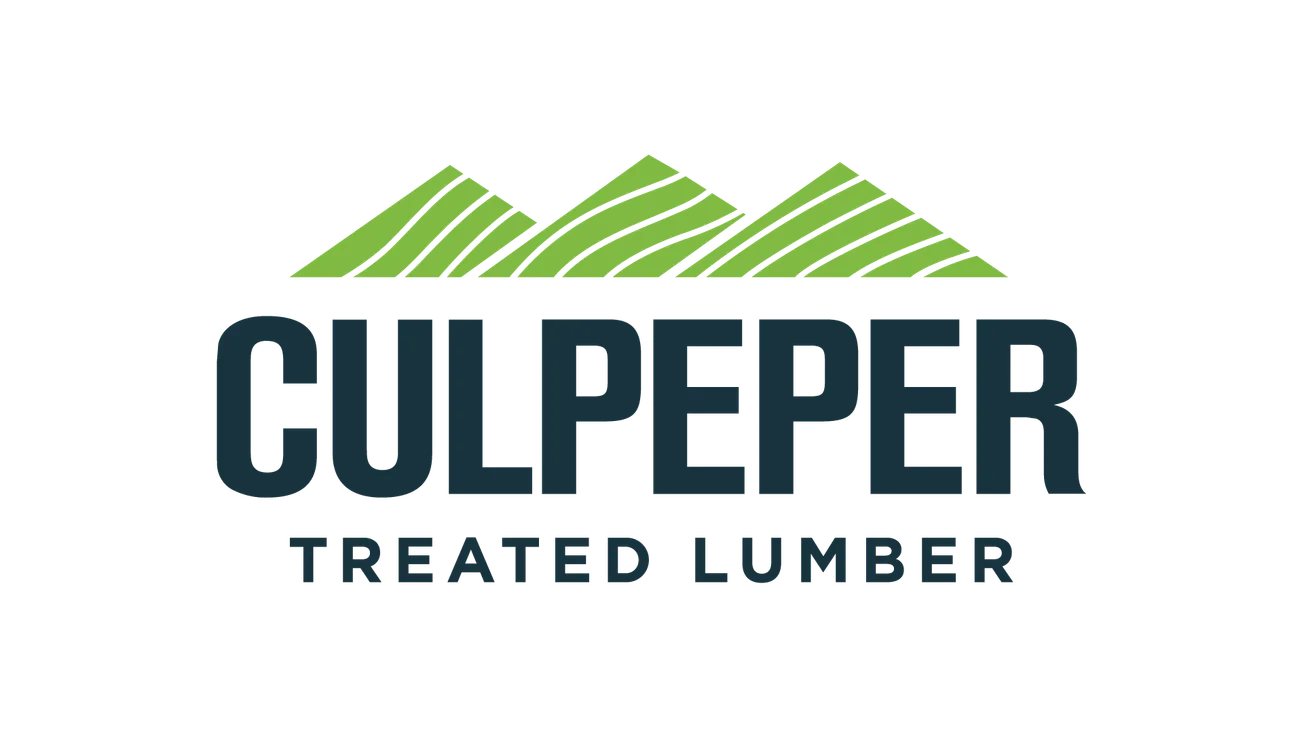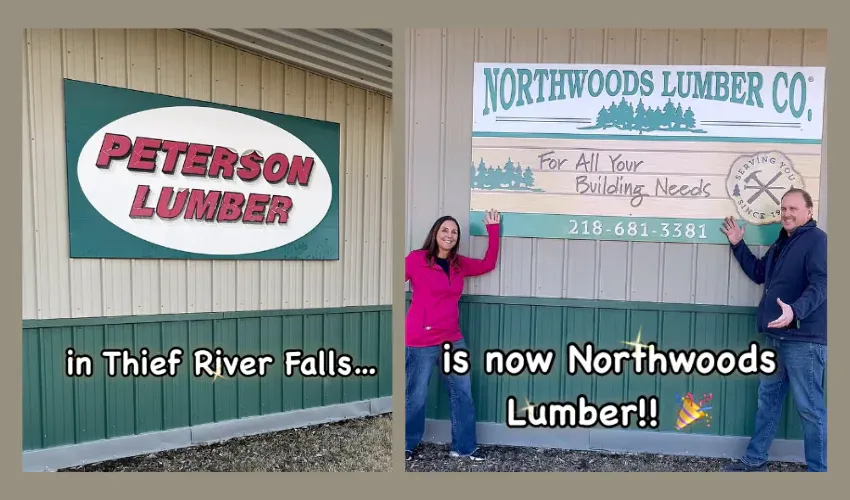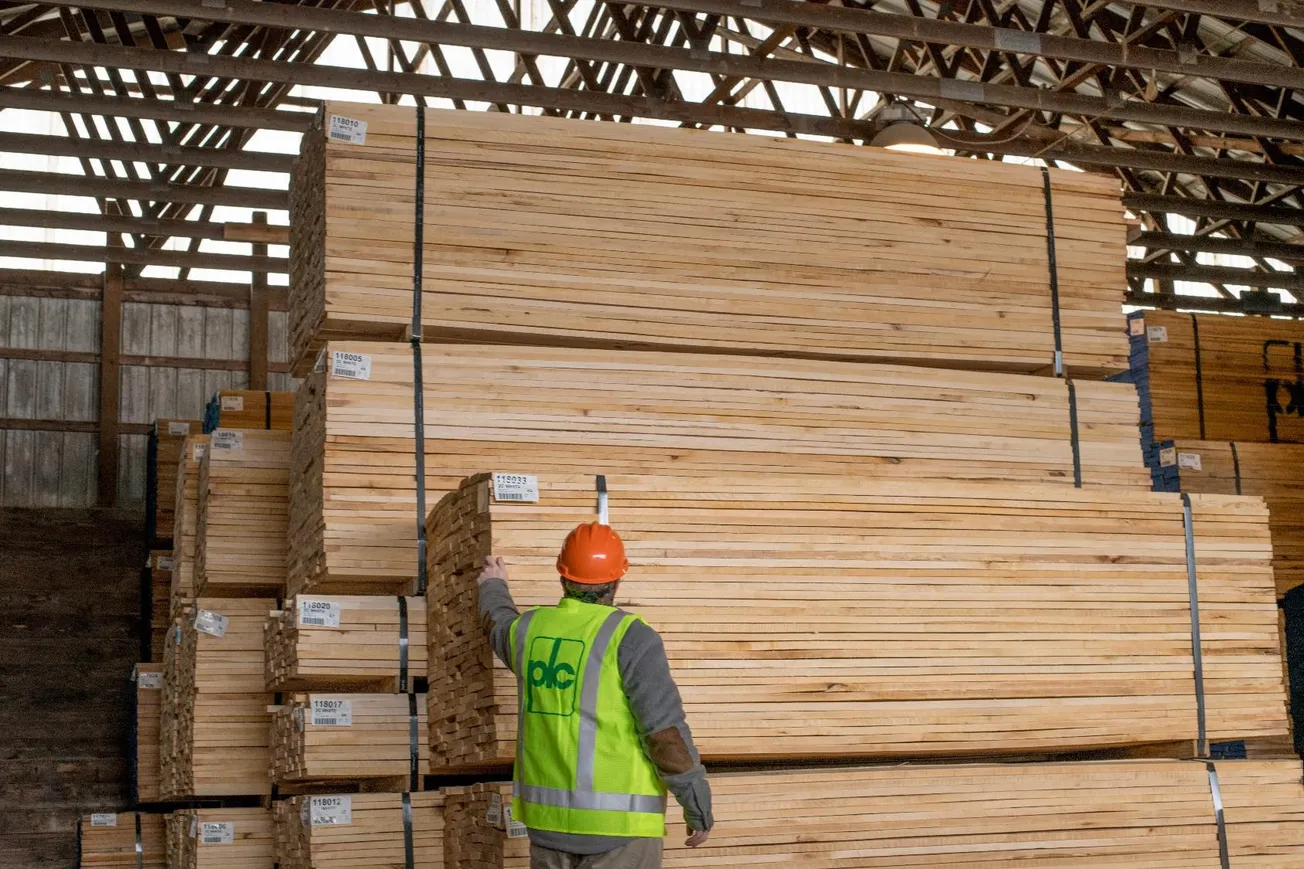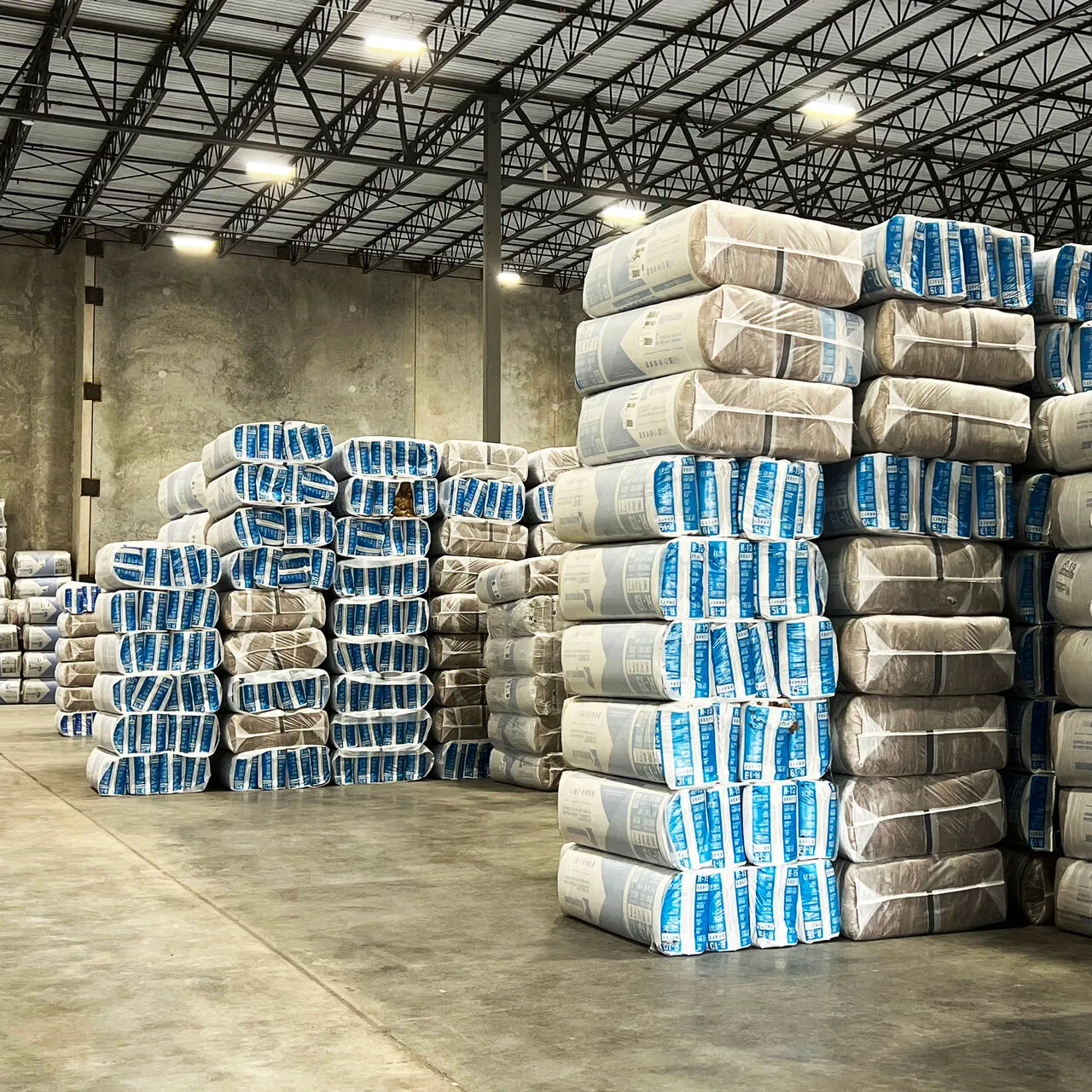Table of Contents
From a consumer’s perspective, choosing finishing materials and appearance products like siding has always been about weighing the pros and cons of one material over another. The question of cost, of course, is a major factor, as are considerations like long-term value, return on investment, and appearance and versatility. To complicate matters, trying to navigate a market and media landscape overrun with non-wood products and conflicting information only exacerbates the difficulty in making a final decision.
Providing consumers and industry professionals with relevant and persuasive information on western red cedar (WRC) has been at the core of the Western Red Cedar Lumber Association’s mandate for over 65 years. While many retailers are selling out as soon as they have supply, the time to promote the importance of softwoods like cedar has never been more important, said Brad Kirkbride, managing director of the WRCLA. “We have an amazing story to tell about why choosing a natural product like cedar matters. And there are a host of reasons why consumers and professionals need to know that story now. Given the growing number of competitive products in the market, demonstrating to consumers the benefits they get with a product like WRC siding now will mitigate a situation like what happened to the decking market when composites gained traction.”
The WRCLA’s strategy of emphasizing siding is timely given James Hardie Industries’ recent expansion plans and their “It’s possible” campaign, which focuses on exterior solutions that include siding.
“We’re going to see more non-wood entrants in siding,” noted Kirkbride. “This is why we research what our audience needs to know to choose WRC over these products. One of the biggest competitive advantages cedar siding has over non-wood is the incredible versatility you get in terms of textures, profiles, finishing options, grades, or even if you want a horizontal or vertical design. But we also have a younger audience that’s coming of age soon that will change the game. It’s a generation of consumers who have a very different relationship with brands than we did, and who interact with content in a whole new way.”
This new generation of consumers is the group referred to as Zoomers, or Generation Z, the oldest of whom are now in their mid to later 20’s. “They’re the generation who are following millennials into the market,” added Kirkbride, “but what makes them different is they’re the first, true ‘digital natives’; they’ve grown up not knowing a world before the internet, and they have very strong attitudes on subjects like sustainability and corporate citizenship that align with the values of Real Cedar. When we talk about why substrate matters, this is definitely one of the groups we’re talking to.”
The substrate matters messaging the WRCLA employs includes information on natural wood products’ role in carbon capture and climate change mitigation, and highlights the fact the Real Cedar brand means it comes only from responsibly managed sources, among other points. This is of noted interest for Generation Z, as two 2020 studies by Fresco Capital and Bloomberg showed climate change was the leading concern for this group, and that they were willing to pay more for sustainable products.
“Composite products are growing in popularity, but there’s a big misconception that they’re maintenance free and environmentally friendly because they use recycled materials,” added Kirkbride. “The opposite is true when you look at what’s emitted to manufacture them, and that they’ll end up in a landfill.”
While promoting wood’s green aspects are important, the association is quick to point out that the most popular reason for choosing WRC is its looks. “You can’t beat the beauty of a natural product like WRC,” continued Kirkbride, “And WRC’s even more appealing when homeowners discover the wealth of options they have to customize the look they want. There are lots of profiles and grades, but the range of finishes from shou sugi ban (charred WRC) to bleaching stains and everything in between creates almost limitless possibilities.”
To complement the versatility message, the WRCLA is also promoting an emerging product that’s seeing growth in the market: engineered WRC siding. WRCLA members produce, distribute and sell three main product categories of engineered WRC: engineered clear solid western red cedar, engineered T&G WRC with a clear veneer overlay, and engineered knotty western red cedar, all of which are creating new opportunities for architects, builders and designers.
Kirkbride pointed out that “the importance of a product like engineered WRC can’t be understated. Man-made siding products don’t have to deal with the harvest and supply restrictions that natural wood products do. Engineered WRC uses surplus fiber and is readily available in longer lengths like 16’ and 20’. They fill a need in the market, and we’re getting the word out on the quality and how good looking these products really are. They definitely underscore the sustainable and versatile message and are demonstrating to consumers why substrate does matter.”
– Established in 1954, the WRCLA is the voice of the cedar industry and has members in 132 locations throughout North America (www.realcedar.com).





